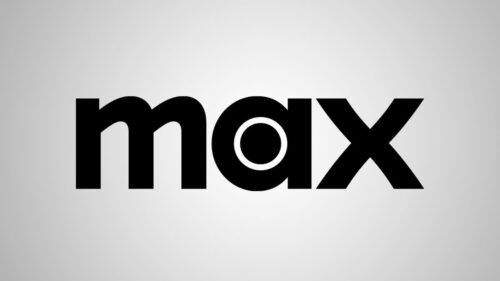On March 30, 2025, Max, the streaming service born from Warner Bros. Discovery’s fusion of HBO Max and Discovery+, rolled out a new logo and color scheme, marking its latest evolution. Dropping the vibrant blue introduced in its 2023 rebrand, Max now embraces a sleek black-and-white palette, reminiscent of HBO’s classic look. This isn’t just a cosmetic tweak—it’s a signal of Max’s ongoing quest to carve out a distinct place in the crowded streaming landscape. Announced quietly via the service’s app and social channels, the change has sparked chatter about what it means for Max’s future, especially as it nears its one-year anniversary since shedding the HBO Max name.
The shift comes at a pivotal moment. Launched on May 23, 2023, Max aimed to blend HBO’s premium storytelling with Discovery’s real-world appeal, targeting a broader audience. Now, with over 40 million subscribers in the U.S. alone, this logo refresh suggests a rethinking of how Max wants to be seen—not just as a catch-all platform, but as something sharper, more defined. Let’s unpack what’s behind this move and where it might lead.
From Blue to Black-and-White: A Visual Pivot
Max’s original 2023 logo, designed by DixonBaxi, leaned into a bright blue hue to distance itself from HBO Max’s purple past. That blue, paired with a lowercase “max” and a dotted “a” nodding to HBO’s legacy, aimed for accessibility and a fresh start. It mirrored a trend among streamers—think Disney+ or Paramount+—where bold colors signal modernity. But less than two years later, Max has flipped the script, opting for a monochrome look that echoes HBO’s timeless black-and-white branding.
This isn’t a full redesign. The core “max” wordmark stays, but the color shift is striking. Posts on X note the change aligns the logo with HBO’s aesthetic, a move some see as ironic given Max’s initial push to stand apart from HBO’s adult-oriented reputation. Others argue it’s a smart nod to heritage, tying Max to a legacy of quality while shedding the generic “blue streaming” vibe. The new palette will roll out across marketing over the next few months, with campaigns tweaking shades to match featured shows—a subtle but dynamic touch.
Why Now? Timing and Strategy
Why change now? Max’s journey has been bumpy. After Warner Bros. Discovery formed in 2022, the shift from HBO Max to Max was about broadening appeal—think “Succession” alongside “Fixer Upper.” But the transition wasn’t flawless. The $12 billion debt from Musk’s 2022 X purchase doesn’t apply here, but Max has faced its own financial pressures, with cost-cutting moves like shelving finished films (e.g., Coyote vs. Acme) drawing ire. The 2023 rebrand aimed to fix that, yet subscriber growth has plateaued amid fierce competition from Netflix and Disney+.
The logo shift coincides with a new chief marketing officer joining Warner Bros. Discovery, hinting at a strategic refresh. Bloomberg reports suggest it’s less about cost and more about perception—Max wants to feel premium yet approachable, not just another blue app on your Roku. The black-and-white scheme evokes Apple TV+’s mature minimalism, positioning Max as a serious contender. With a slate of 2025 releases like The White Lotus Season 3 and a Harry Potter series, this could be Max doubling down on prestige to win back buzz.
What’s Next for Max?
Looking ahead, this logo change might be a teaser for bigger shifts. Could Max lean harder into HBO’s catalog, despite dropping the name? Or is it prepping for a global push, with launches still pending in parts of Asia and Europe? The design’s flexibility—shifting shades per campaign—suggests a platform ready to adapt, much like Netflix’s animated “N” evolves across devices. It’s a far cry from static icons like Coca-Cola’s script, unchanged in 2025, and more akin to tech’s fluid identities.
The merger of xAI and X, announced March 29, 2025, offers a parallel. Just as xAI’s AI tech aims to supercharge X’s social platform, Max might integrate more interactive features—think AI-curated feeds—under this new look. For now, it’s a visual statement: Max isn’t settling. Whether it’s a hit or a misstep, it’s a bold play in a streaming war where standing out is everything.

